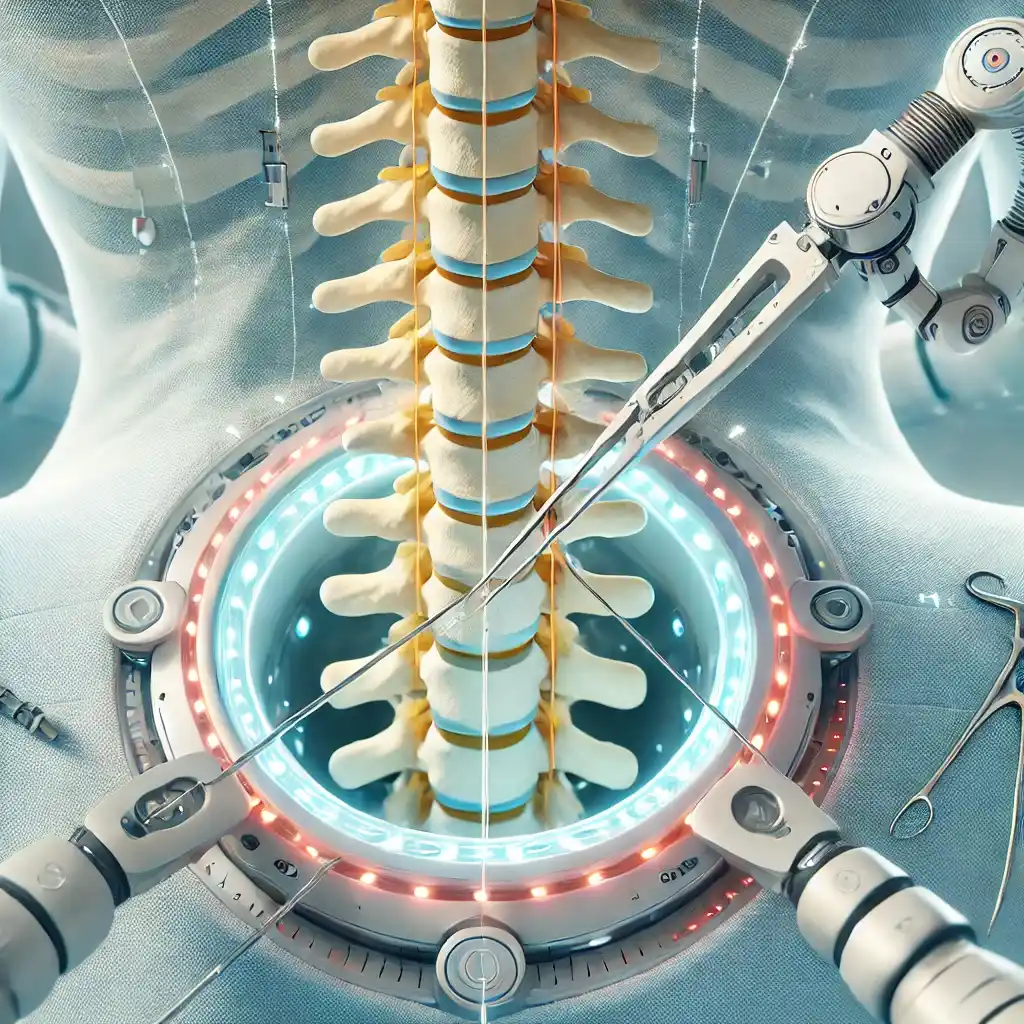Overview
During (MISS), the healthcare provider makes one or more smaller incision. They then insert a device called a tubular retractor. This is a stiff tubed shaped tool. It creates a tunnel to the problem area of the spine. It gently pushes the muscle and soft tissue around the area. The surgeon can then put small tools through the tunnel to work on the spine.
The surgeon also uses a special operating microscope , high resolution cameras, computer assisted and robotic guidance, and real time x-rays of the spine. Surgeons can use (MISS) for some types of spine surgery. These include lumbar or cervical discectomy , decompressive laminectomy, and spinal fusion with metal rods and screws. spine is the premier option for keyhole spine surgery as they provide world class care with advanced techniques.







